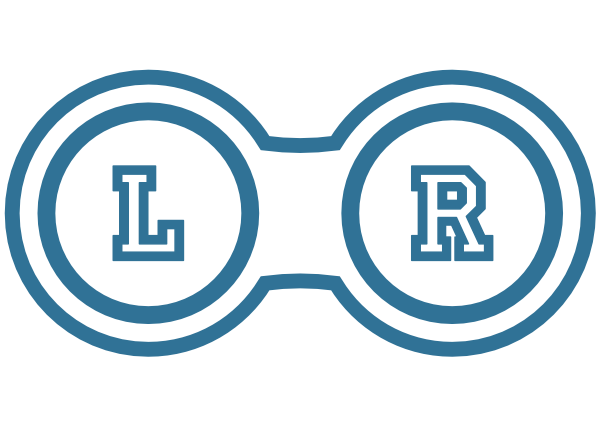There are some new vision correction devices and procedures on the horizon of vision surgery in Loveland, Fort Collins and Greeley; they have not been approved by the FDA for use and practice in the USA and are now in clinical trials to test their safety. These new procedures are called Corneal inlays and onlays. They are small lenses or optical devices that are put into the cornea to change its shape and correct certain vision issues.
Today, during the vision correction procedures of LASIK and PRK, vision correction is done through using a laser to remove corneal tissue and thus reshaping the eye. However, in a corneal inlay or onlay, they are inserted just beneath the surface of the cornea, making them much less invasive procedures. In the future it is possible that laser energy could be used to shape this artificial material instead of the eye itself, and corneal thickness could be kept intact.
Corneal inlays and onlays are expected to be very similar to contact lenses, except with the added bonus of not needing removal or ongoing maintenance. They also differ from the intraocular lenses used today, or IOLs, in that they are less invasive and aren’t inserted into the cornea or iris.
Corneal inlays and onlays also do not require tissue to be extracted from the cornea, the risk of developing ectasia (bulging of the cornea) may be reduced, as well as dry eye and other possible negative side effects of laser vision correction procedures like LASIK and PRK.
The corneal inlay procedure
The corneal inlay procedure requires less than 15 minutes and may be completed in the eye surgeon’s office. Sutures are not required, and only topical anesthesia in the form of eye drops is used. During the corneal inlay procedure, a laser or microkeratome is used to create a thin flap on the eye’s surface. Because of this, the corneal inlay procedure is very similar to the first step of LASIK. The inlay is then placed carefully in the middle of the cornea, and the flap is replaced to hold it in place.
The corneal onlay procedure
Unlike corneal inlays, where a flap is created to place the inlay within the body of the cornea (called the stroma), corneal onlays are positioned under the cornea’s thin outer layer of cells called the epithelium. An instrument is used to create a pocket between the epithelium and the stroma, and the onlay is inserted in this space. The onlay is secure nearly immediately, and within 48 hours, new epithelial cells grow over the surgical wound to seal it completely.
When will these procedures be available in the U.S.?
It is uncertain when the FDA will approve the corneal inlay and onlay procedures for use in the USA. There are clinical trials that have started for two corneal inlays designed to correct presbyopia, the age-related vision impairment which causes near vision focusing problems.
Contact us for additional information or to schedule an appointment, call 970-204-4020 or click on the link on the side of the page.






